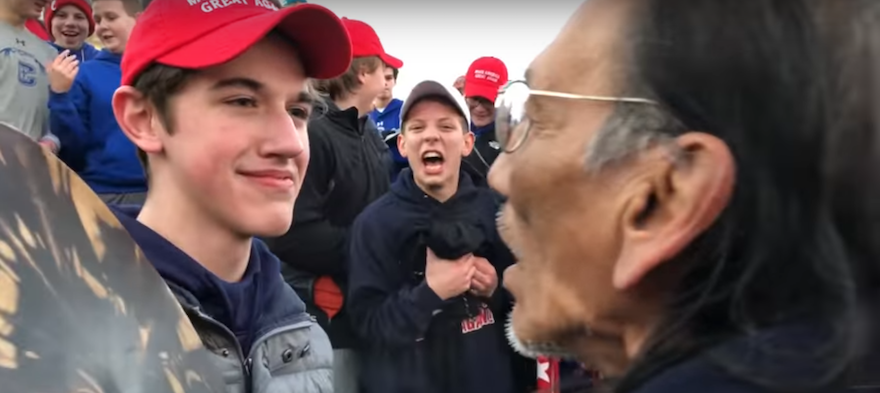
Jan 25, 2019 12:00:00 AM
Monica Washington is an instructional coach for BetterLesson. Previously, she taught English III and AP English III teacher at Texas High School in Texarkana where she served as department chair. She has been in education for 20 years and has taught grades 7-12. She has served as adjunct professor at LeMoyne-Owen College and Texarkana College. Monica became Texas State Teacher of the Year in 2014, and she continues to travel the country speaking to teachers and advocating for the profession. She serves in the Texas State Teachers Association and the National Network of State Teachers of the Year. In addition, Monica is a 2015 Lowell Milken Center Fellow, and she will work with her students and the center to discover and honor unsung heroes. She is also a 2015 NEA Foundation Global Fellow. Monica is currently pursuing a doctorate of education in teacher leadership.
The story you tell yourself about your own math ability tends to become true. This isn’t some Oprah aphorism about attracting what you want from the universe. Well, I guess it kind of is, but...
If you have a child with disabilities, you’re not alone: According to the latest data, over 7 million American schoolchildren — 14% of all students ages 3-21 — are classified as eligible for special...
The fight for educational equity has never been just about schools. The real North Star for this work is providing opportunities for each child to thrive into adulthood. This means that our advocacy...
Your donations support the voices who challenge decision makers to provide the learning opportunities all children need to thrive.
Ed Post is the flagship website platform of brightbeam, a 501(c3) network of education activists and influencers demanding a better education and a brighter future for every child.
© 2020–2024 brightbeam. All rights reserved.
Leave a Comment